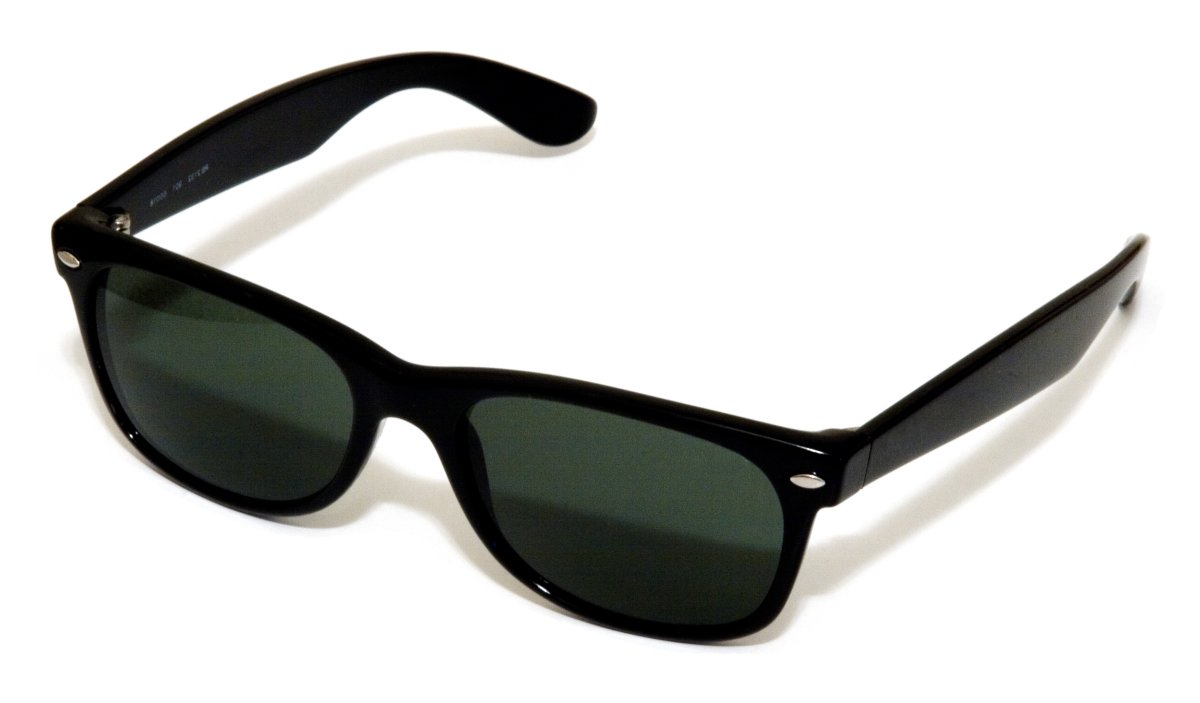If you are making a camera, telescope, solar cell or microscope, you don't want light being wasted by reflections or even more critically if you are in the military you don't want your position being given away by reflections.
So you want to coat your lenses with somthing to stop them reflecting. Traditionally this is done by adding a thin coating of another material of the right thickness so that the reflections from the surface and base of this cancel out giving no reflection. This is great, but it only works well for one colour, this is normally chosen to be green because it is in the centre of the spectrum, so the coating will not work as well for red and blue, so a coated lens will reflect some red and blue light giving it a purple sheen, hence why expensive optical equipment looks purple,
Fred Schubert from Rensselaer Polytechnic in New Your has taken a different approach, Reflections occur when the refractive index of a material changes rapidly, eg going from air to glass. If you can change the refractive index smoothly there will be no reflections. This has been known for a long time, the problem is that no natural solids have a refractive index close to that of air so there will allways be a reflection.
Fred has goat around this by depositing tiny silica nanorods onto a piece of glass. He can vary their density, so he can make a material which is mostly air, so it's refractive index can be as low as 1.05 compared to 1 for air. By changing their density and angle he can build up layers with gently changing refractive index to that of glass, making a near perfect anti-reflection coating.










Comments
Add a comment